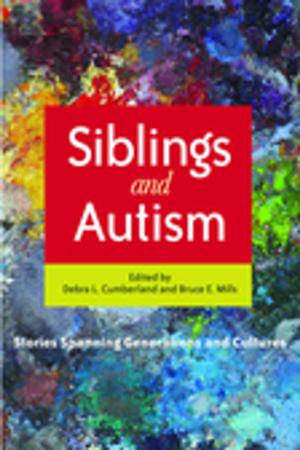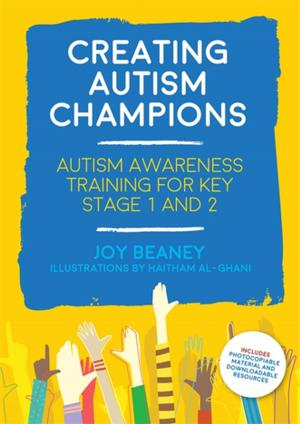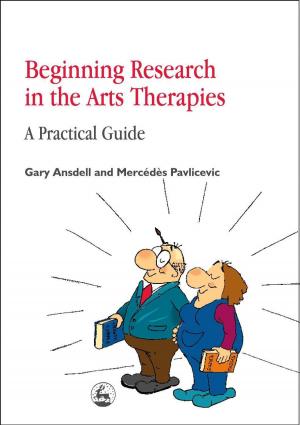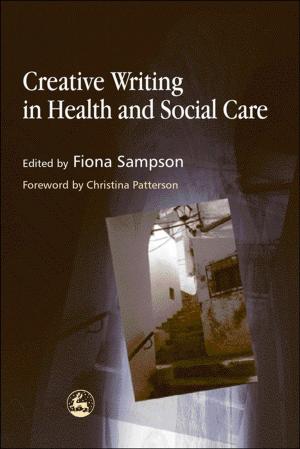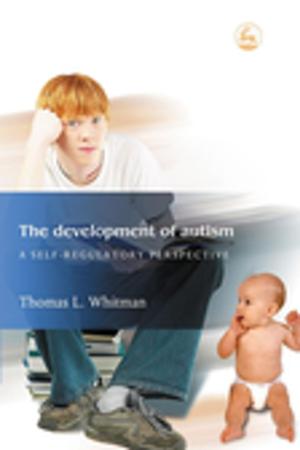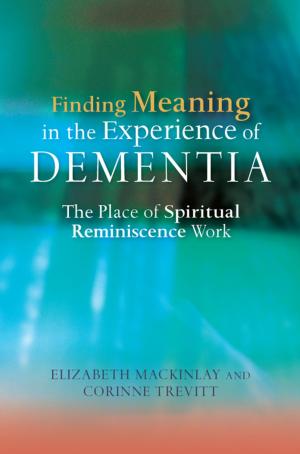The Compleat Acupuncturist
A Guide to Constitutional and Conditional Pulse Diagnosis
Nonfiction, Health & Well Being, Medical, Alternative & Holistic Medicine, Acupuncture, Religion & Spirituality, New Age| Author: | Peter Eckman | ISBN: | 9780857011527 |
| Publisher: | Jessica Kingsley Publishers | Publication: | January 21, 2014 |
| Imprint: | Singing Dragon | Language: | English |
| Author: | Peter Eckman |
| ISBN: | 9780857011527 |
| Publisher: | Jessica Kingsley Publishers |
| Publication: | January 21, 2014 |
| Imprint: | Singing Dragon |
| Language: | English |
In this highly original and authoritative book, Peter Eckman takes pulse diagnosis as a common thread that links and integrates the various disciplines of Oriental medicine, and shows that they are in fact related by a common origin several thousand years ago. The text describes the clinical details used in a variety of acupuncture styles, synthesizing them into a coherent whole, and illustrating the usefulness of this model with an extensive presentation of case histories. A fundamental premise of the book is that treatment should be based not only on the current condition of the patient, but even more importantly on their inherent constitution. The description of constitutional pulse diagnosis therefore forms Part 1 of the text, the description of conditional pulse diagnosis forms Part 2 and Part 3 provides more than 30 case histories with pulse analysis, diagnosis and treatment (with outcomes), so that the book will be of utmost practical benefit.
Much of the book consists of new theoretical schemata to organize traditional Oriental medical concepts into a coherent whole - groundbreaking work that will provide fresh insights and deeper understanding to all practitioners of Chinese medicine, especially acupuncturists. It presents a wealth of material that is not commonly available in Indian (Ayurveda), Korean or Chinese medicine, as well as other traditions of Oriental medicine, including the only thorough presentation of Korean Constitutional Acupuncture in English, based on the author's personal study under its originator.
In this highly original and authoritative book, Peter Eckman takes pulse diagnosis as a common thread that links and integrates the various disciplines of Oriental medicine, and shows that they are in fact related by a common origin several thousand years ago. The text describes the clinical details used in a variety of acupuncture styles, synthesizing them into a coherent whole, and illustrating the usefulness of this model with an extensive presentation of case histories. A fundamental premise of the book is that treatment should be based not only on the current condition of the patient, but even more importantly on their inherent constitution. The description of constitutional pulse diagnosis therefore forms Part 1 of the text, the description of conditional pulse diagnosis forms Part 2 and Part 3 provides more than 30 case histories with pulse analysis, diagnosis and treatment (with outcomes), so that the book will be of utmost practical benefit.
Much of the book consists of new theoretical schemata to organize traditional Oriental medical concepts into a coherent whole - groundbreaking work that will provide fresh insights and deeper understanding to all practitioners of Chinese medicine, especially acupuncturists. It presents a wealth of material that is not commonly available in Indian (Ayurveda), Korean or Chinese medicine, as well as other traditions of Oriental medicine, including the only thorough presentation of Korean Constitutional Acupuncture in English, based on the author's personal study under its originator.


